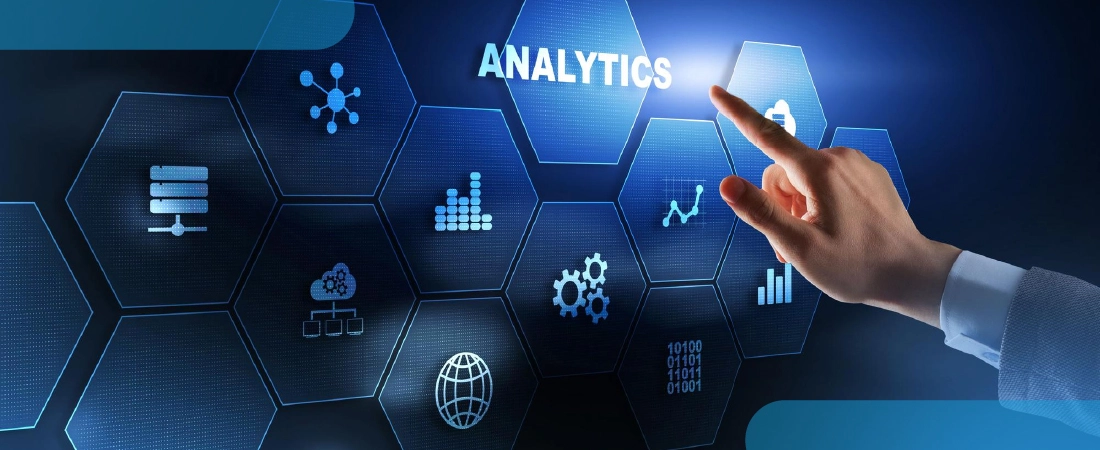John Wanamaker “Half the money I spend on advertising is wasted; the trouble is I don’t know which half.” From those moments of 1920’s to an era of today, where every cent that is spent by a marketer has to be accounted for, and by leveraging tools like Shazam for television and Google Analytics for web every dollar can be accounted for. Earlier when technology wasn’t intricately tied to business processes, organizations conducted their sales and marketing operations on gut instincts and crude data. Thanks to advances in data and analytics, precise facts and figures now drive such business decisions. By processing historical trends and real-time data into precise insights, organizations can enhance performance gains.
Corporations now have the technology infrastructure in place to collect, collate and analyze vast amounts of data. With this evolution, CRM software now has a data repository of significant amount of information, and by leveraging its customer relationships can be improved and micro-segmentation of the audience as possible. Predictive analytics is now paving the way for even deeper insights into customer behavior.
Predictive CRM software like Salesforce Einstein can gather data and use it to make predictions on the future behavior of potential and existing customers. This evolution in technology can benefit businesses in several ways.
The powerful combination of CRM and predictive analytics
Predictive analytics is a technology that allows firms to analyze structured and unstructured data for identifying key trends and correlations with an aim to uncover certain customer behaviors. CRM solutions are the ideal application for predictive analytics, enabling a company to maximize revenue. Because making the wrong decisions can be costly to a firm, the ability to predict ‘what’ and ‘where’ is key to business success. In addition to improving relationships, companies must have customer insights to form a clear picture of the customer journey. Combining predictive analytics with CRM makes way for an even understanding of current and prospective customers, creating richer customer profiles.
Predictive analytics are now increasingly being tied to CRM as vendors respond to businesses that demand more from their CRM systems. Here’s a look at how this powerful coupling of the two will transform our CRM experience.
Greater personalization
Most big companies like Netflix, Amazon, and Starbucks rely on predictive analytics to personalize and expand their marketing campaigns. Increasing customer engagement and reach is one way of handling user data but utilizing real-time data helps create more contextual communication that is relevant to customers.
The latest predictive CRM algorithms identify how customer interaction with social media channels and websites, giving marketers insights into which strategies would work with which customers. By targeting only those customers that are likely to respond to an offer, companies will increase their marketing yields and ultimately become more profitable. For customers, this will mean targeted, specific ads based on their individual profiles and buying patterns.
Reduced Risk
Predictive analytics uses raw data for picking on specific behavior patterns among customer groups. This helps various companies run background checks on their potential customers. For example, this data could be used by an insurance company while deciding coverage for a person. By identifying trends, it can develop a prediction score based on previous decisions or behaviors. This will help companies in rounding off customers that may be a huge risk and a cost to the company. Thus, it will positively impact the bottom line in the long-run.
Monitoring consumer trends
Advanced models use algorithms that continually draw data from various online sources – websites, accounts on social media – and data companies. The data can then be leveraged by companies for developing marketing targets and strategies. For example, offering an SUV to someone who has been purchasing sedans for 10 years would be a bad marketing strategy on the part of a dealership.
Conclusion
When predictive analytics unearths sophisticated data and gives it context, CRM systems can use it to provide decision makers with the information to create an impeccable marketing strategy. The combination of predictive analytics and CRM has significant applications in monitoring customer behavior. This can provide actionable insights for tailoring marketing campaigns, enhancing customer relationships, and aid a business’ growth. The writing on the wall is clear – businesses will see improved revenue when they learn to use the data they are already collecting even more effectively.






